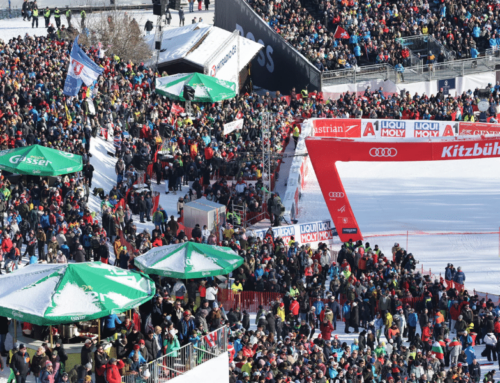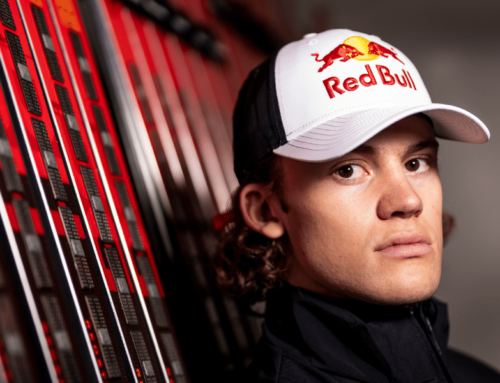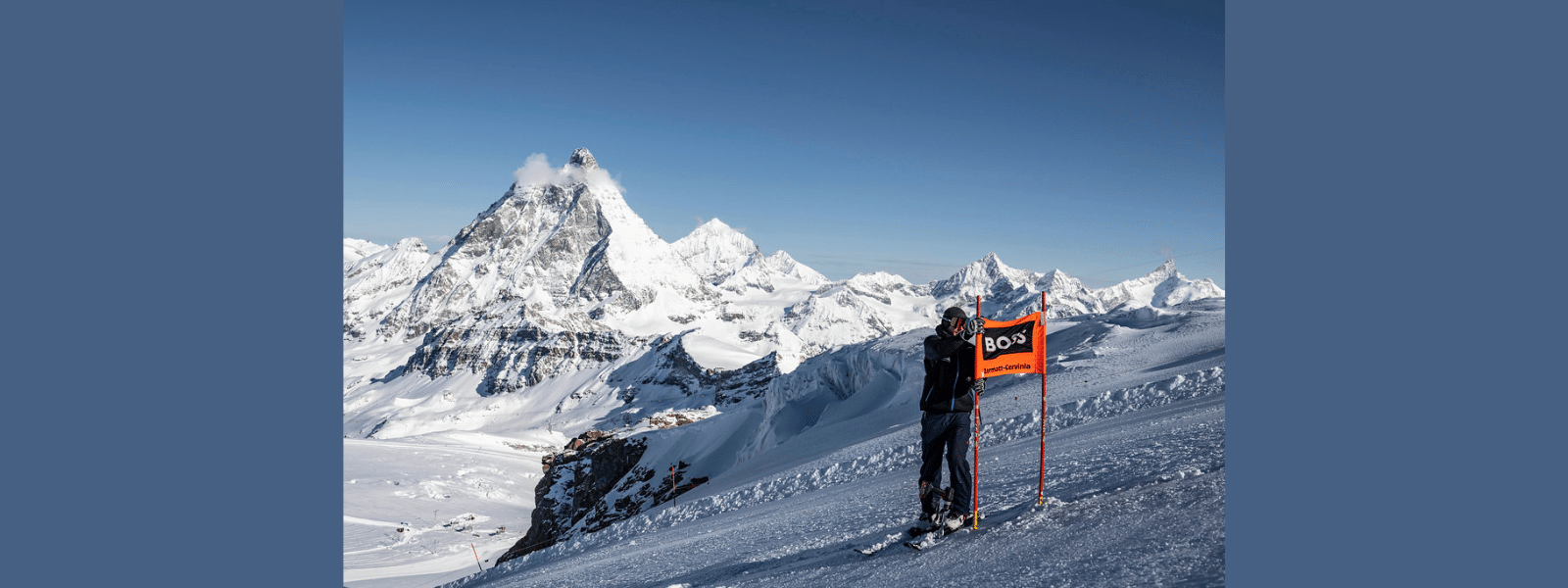Clean as Snow: Anti-Doping Protocols in Alpine Skiing
On Monday, the World Anti-Doping Agency (WADA) released its findings related to the the Sochi 2014 Winter Olympic scandal in which Russia was accused of a massive doping cover-up following a disappointing performance in the 2010 Vancouver Olympics. The McLaren Report findings were “truly shocking,” according to WADA, and the organization issued a statement in support of banning Russia from the Summer Olympic Games next month in Rio, Brazil.
“The surprise result of the Sochi investigation was the revelation of the extent of State oversight and directed control of the Moscow Laboratory in processing and covering up urine samples of Russian athletes from virtually all sports before and after the Sochi Games,” states the McLaren Report.
In other words, this was not just a case of a single athlete using performance-enhancing drugs in secret. Rather, it was a larger national conspiracy that altered the results of the Olympic Games. Russia earned 33 medals including 13 golds, putting it in the top nation spot for the Games ahead of the U.S. with 28 medals.
“Doping is a threat to sport,” USSA CEO and President Tiger Shaw says in a recent statement in response to the report. “The U.S. Ski and Snowboard Association supports all who stand for the rights of clean athletes. The USSA will rely on the International Olympic Committee and the International Ski Federation to act decisively to issue appropriate sanctions and improve international anti-doping efforts. We owe our athletes a fair and even playing field.”
USSA works in conjunction with several agencies including United States Anti-Doping Agency (USADA), the International Olympic Committee (IOC) and the International Ski Federation (FIS) to conduct regular testing and educate elite athletes on anti-doping protocols.
“We start that education process with our rookies at our rookie camp,” explains Luke Bodensteiner, the executive vice president of athletics for USSA. “Typically, we have USADA come out for an orientation that they deliver to the athletes. …With USADA, our A and B team athletes are required to take part in the out-of-competition anti-doping program. We give exposure to the athletes really early on just in anticipation that they’ll get to that point at some time during their career.”
USADA handles testing on a national level, and according to Bodensteiner, will show up to select national events like the Olympic Trials and U.S. National Championships to conduct anti-doping tests. At the World Cup level, testing is conducted by the FIS at events and through the Registered Testing Pool, which is created based on world rankings.
Athletes that are a part of the Registered Testing Pool are required to provide information on their whereabouts 365 days a year, so that they can be randomly tested. If the athletes’ plans deviate at all from what was submitted, they must immediately update the FIS with their new itinerary.
“Top athletes are being included in a Registered Testing Pool and are obliged to provide daily whereabouts information,” shares FIS Anti-Doping Coordinator Sarah Fussek. “So, most of the testing out-of-comp is being conducted at their individual home addresses or training addresses.”
A few years ago, Lindsey Vonn was tested during a Council of Fashion Designers of America Awards in New York City, and was asked to submit a urine test on the spot, according to a 2013 article from Outside.com. Essentially, World Cup athletes can be randomly tested at any time thanks to these protocols – even when they are off the race circuit due to injury. World Championship medalist Dustin Cook of Canada has spent the last year rehabbing his knee, but that doesn’t mean he’s taken a break from testing.
“The first month and half that I was injured, I got tested, I think, four times at home,” says Cook. “It seems like if I’m ever away from home for a few months, as soon as I get back, I’m pretty much getting tested.”
Cook says that he was also tested after both of his World Cup podiums during the 2014-15 season in Meribel, France, and Kvitfjell, Norway.
“As a clean athlete, you kind of want it to happen in case there is somebody that’s cheating,” he notes. “It definitely takes a little bit away from it, but for me, at least, on those days where I podiumed, it was just something that you do and get it over with so you can go on celebrating and having fun.”
Cook, who has been racing on the World Cup since 2010, has only missed one random test in his career, which was the result of a miscommunication. While he provided the correct address for his apartment building, he did not put the specific apartment number, which resulted in a missed test. In-season at a World Cup race, athletes can also be randomly tested, which Cook says is almost worse than on the days of a successful performance.
“I think I’ve been randomly tested (at a race) three times in my career,” the skier recalls. “You find out almost as soon as you enter the finish corral – as soon as your skis are off and you walk through the actual Audi red banner.”
Once it’s known that an athlete is going to be on the podium or randomly tested, they are assigned a chaperone to keep an eye on them until they can be escorted to the testing area.
“That person kind of has to keep you in sight,” Cook explains. “You can go wherever you want, but they will go with you. They’ll just be in the background like a silent shadow, following you around.”
According to Cook, after athletes have conducted interviews and completed other obligations in the finish area, the chaperone takes them to the testing area where athletes fill out paperwork and then have to urinate in a cup – or wait around until they are hydrated enough to do so.
“You pee whenever you have to pee, which after a race is sometimes difficult,” Cook says. “For me, at least, I go to the bathroom right before I start, so I kind of might be waiting for a while. You just try to make it as quick and seamless as possible.”
Fussek points out that the FIS does not conduct tests in-competition at every World Cup, but only at select events according to FIS Anti-Doping rules. Athletes may undergo urine or blood tests for various reasons, though urine tests are more common.
“In the last season, for example, FIS performed 55 urine tests,” the coordinator shares. “This number does not include the testing done by the national anti-doping agencies. In addition to the out-of-competition season tests, the athletes are also tested between competitions. In the last season, for example, there were 174 urine tests (of which 66 were also analyzed for ESAs), 63 blood tests and 154 blood tests for the athletes’ biological passport.”
ESAs are erythropoiesis-stimulating agents, an injectable form of an Erythropoietin (EPO). They stimulate bone marrow to produce red blood cells, which is advantageous for athletes participating in intense physical activity, particularly endurance sports. ESAs are also used in medical treatments. The FDA has approved their use for treating anemia, chronic kidney failure and certain treatments of Human Immunodeficiency Virus, but they are on WADA’s Prohibited List.
These ESAs can be tough to detect, which is why organizations like WADA are building “Athlete Passports” using blood testing. According to WADA’s website, “The objective of this strategy, which will be added to other anti-doping strategies including ‘traditional’ testing, is to detect abnormal variations of determined biological variables in order to better target testing and/or sanction those found with abnormal variations.”
These passports are a long-term investment to detect doping over time. The guiding principle is “to monitor selected biological variables over time that indirectly reveal the effects of doping rather than attempting to detect the doping substance or method itself,” according to WADA.
One of the challenges inherent in current anti-doping efforts is the number of agencies involved. Every national body has its own testing protocols – as highlighted in the Sochi scandal – in addition to the testing conducted by international agencies like WADA, FIS and the International Olympic Committee.
“The worldwide system is not optimized or equally applied throughout the world,” says Bodensteiner. “It is worldwide code, but the challenge is that it doesn’t seem to be applied with the same rigor in every nation.”
This fact is emphasized by the findings in the McLaren Report. The Russian government manipulated test results of their athletes, using what the report calls, The Disappearing Positive Methodology. According to the report, “The Disappearing Positive Methodology was used as a State-directed method following the very abysmal medal count by the Russian Olympic athletes participating in the 2010 Winter Olympic Games in Vancouver.” Essentially, the Moscow Laboratory that conducted testing was part of a systematic scheme to falsely report positive samples as negative – as they were directed to do by the Russian Ministry of Sport.
And that is just the beginning of the elaborate scheme that altered the results of the Winter Olympic Games, particularly in cross-country skiing, biathlon, snowboarding, bobsled, and skating. In alpine ski racing, doping seems to be less of an issue.
According to a 2013 Outside Online article by Gordy Megroz, “Only two alpine ski racers in the history of the sport have tested positive for illegal substances. In 2002, Scottish skier Alain Baxter was stripped of the bronze medal he won at the Salt Lake City Olympics after methamphetamine was found in his blood. And in 2004, Austrian ski racer Hans Knauss was suspended 18 months after traces of nandrolone, a steroid, was found in his system.”
Baxter later explained that his positive test in Salt Lake was the result of using a Vick’s inhaler purchased in the United States that included the banned substance unlike the UK version of the same product. However, the decision from the IOC was firm.
Both of those positive cases in alpine ski racing were discovered via blood testing, which according to the FIS statistics is less common than urine testing. However, with the growth of Athlete Biological Passports by WADA, time and testing advancements will help expose those athletes who seek to gain any unnatural advantage on the world stage.


























